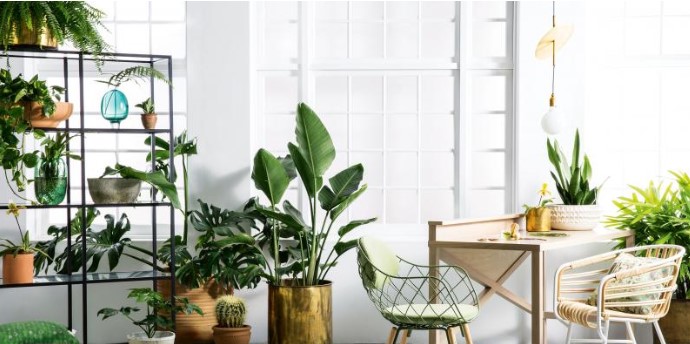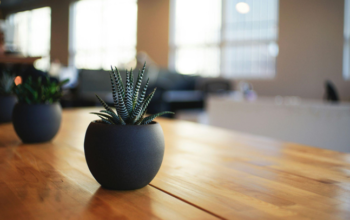Most of the indoor or household plants are prone to attract indoor insects or bugs due to the low natural atmosphere within the house. There is no rain to wash these pests away or wind to blow them off. These plants rely on their owners to keep them safe from any infestation.
There are no specific lists of the indoor plants that attract pests because an infestation only requires ideal conditions and environment to spread. Therefore, instead of knowing which indoor plants are susceptible to pests, the question should be based on the pests as you need to recognize most of them and underrated what measures you need to take.
Common Indoor Pests
There are different types of indoor pests, and most of them can be contained with the help of spraying neem oil or insecticidal soaps or detergents. If you find caterpillars or worms then using a variety of products that have Bacillus thuringiensis will be very useful. Following are some common household pests,
Aphids
The most important question here is what aphids look like. Aphids have different colors, and commonly they are also known as greenflies or blackflies. Some other colors include slate-blue or pink as well. These bugs can reproduce at fasts rates without fertilization and can begin their reproductive process within a week of birth.
The reproduction rate is even quicker when the host plant is kept in warm temperatures indoors. These pests feed on the sap of the plants and are attracted to new growing tips and shoots. When they began feeding, they start spreading the viral disease to other plants by debilitating.
Aphids excrete sticky honeydew which attracts the fungus named sooty mold, and it grows on the honey in black patches preventing the plants from photosynthesis.
Caterpillars
These bugs can create chewing holes within the leaves. At larval stage, they have huge appetites, and it can damage the plants in large numbers. These worm-like creatures are yellowish-green in color and are found at the tips. They can form a web and pull the leaves together as they feed.
Mealybugs
These household insects are found in clusters in the axils of the leaves and have a look of woodlice. Mealybugs are covered in white sticky stuff, and they can be a massive problem for cacti plants.
They prefer to keep themselves at the base of the spines and suck the sap of the host plants just like aphids and have the tendency to debilitate the host quickly. They also secrete honeydew and attract sooty-mold.
Red Spider Mites
These mites are rarely visible to naked eye, but you can see them with the help of a hand lens. These mites also consume the sap of the plants. The first symptom of infestation is yellow colored speckling of foliage.
The shoot tips are covered with very fine webbing. These are at times seen moving back and forth on their webs and prefer dry environments with warm temperatures. As they multiply, the host plant can experience plenty of damage. Red Spider Mites also hibernate in winter and continue to feed on the plant from year to year.
Other Household Pests
Some other indoor insects include Scale insects, Vine Weevil, and Whiteflies. Scales are attached to the stem or the underside of the leaves. They also feed on sap and excrete honeydew. The larvae of Vine Weevil live in the compost and consume roots of the host.
These larvae prefer to eat cyclamen while the adults consume the notches from the edges of the plants. Whiteflies are moth-like bugs, and they can be in huge numbers if the infestation is at large. They also cause the issue of honeydew and sooty mold. The fly itself doesn’t do much damage to the plant, but the sooty-mold does.
Conclusion
It is essential to focus on the pests because most of them need a plant to feed on and they don’t have any specific choices. You can prevent the infestation by taking care of your plants by using various chemicals that are only harmful to the bugs and not the plants or the residents of the house. In most cases, the cause of the problem is honeydew secretion that attracts fungus and destroys the photosynthetic process of a plant.
Related Posts

Loves home. I am here to provide how to make your home a much better place. 🙂 Blogging about HomeDecor, Home Improvements and more.














